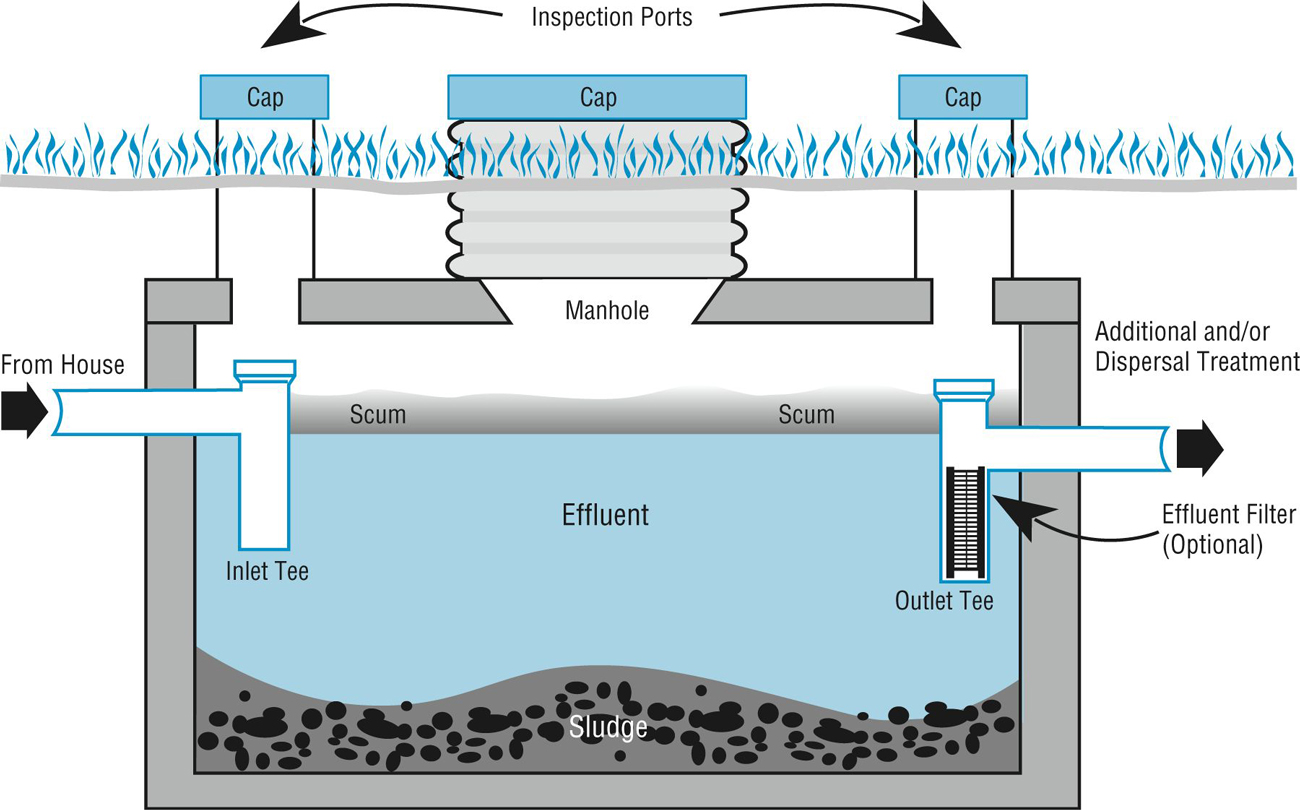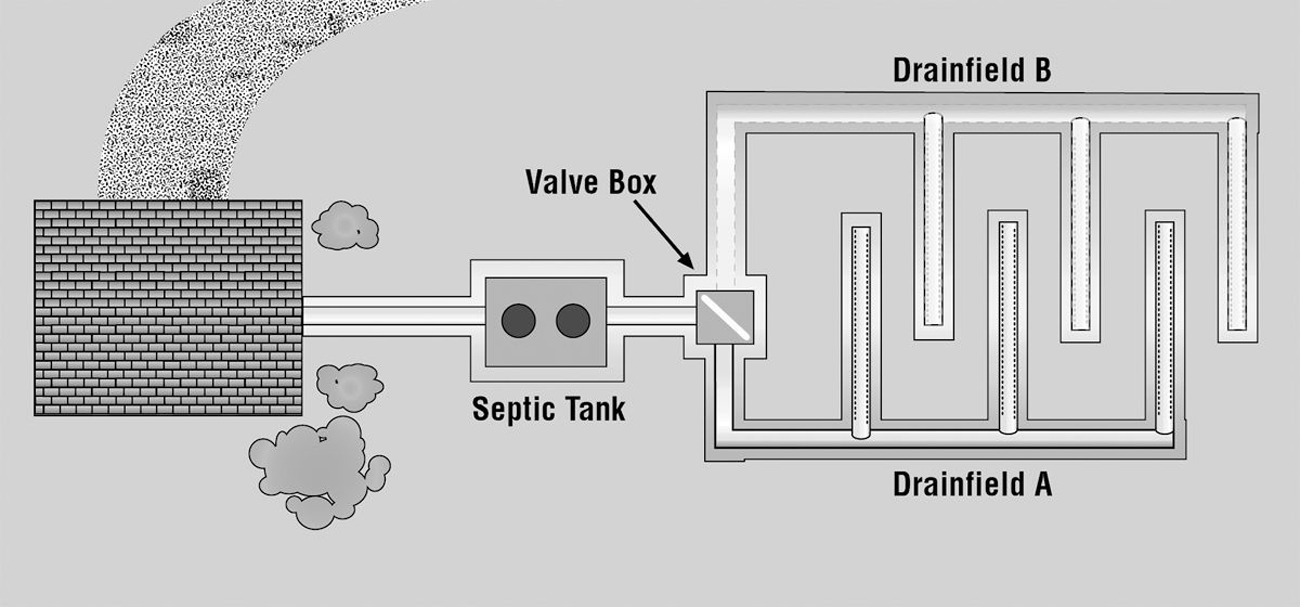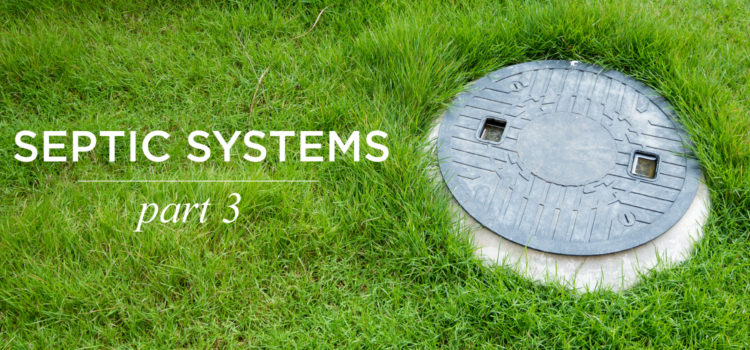Understanding Your Septic Inspection Findings
This is the third installment of a four-part series about private, on-site waste management systems. See Part 1 for an overview about construction, layout and overall understanding, and Part 2 regarding getting an inspection as part of the purchase process.
By Deborah Rutter
So you’ve just completed your septic inspection! Congratulations. You have taken a step that many buyers skip or overlook to save time and money and because they just don’t know they should and it was a recommendation from a buyer agent. Now that you have had a complete inspection, here are some common issues with a standard gravity-fed tank and leach-field system:
1) Size of the system doesn’t match the size of the property: In most places, a septic permit is required to install or upgrade a system. In a lot of places, this is done via the number of bedrooms. If a new bedroom was added (maybe the basement was expanded, or an older home had a nice master suite added), be sure that the septic system was appropriately expanded. That means asking for the original and subsequent permits.
2) The holding tank is really deep! If the tank is really deep in the ground (and you’ll know this because of your inspection), regular inspection and maintenance takes longer and is more expensive each visit since the tank lid has be be dug up each time. Hand-digging takes a long time and might be impractical given the weather, and a small backhoe can really tear up the surrounding yard. Adding a riser is a one-time expense that easily identifies the location and makes inspection and pumping as easy as opening a lid. See the diagram below, showing the risers and caps, easily accessible from ground level.

3) Holding tank water level: The water level should be at a very specific place in the tank. If it’s too low, it could mean the tank has a leak, somewhere. If it’s too high, it could indicate that the distribution box or leach field isn’t able to take on waste water quickly enough.
4) The outgoing lines: The line from the holding tank to the distribution box should be smooth-walled, with a minimum number of bends. A pipe made of PVC will last a long time, but some older systems may use other materials like Orangeburg (fiber pipe made from layers of wood pulp and pitch pressed together), or may have had small sections replaced over time. A septic inspection should include running a camera down this line to be sure it is free flowing and to assess the material(s) used as well as how straight the run is. Often simply replacing this line is the best way to straighten it out, get rid of older sections that may have been added over time and ensure it is running downhill with no dips where water might collect.
5) The distribution box: This box connects the line from the holding tank to the leach field. This is most often the cause of problems because it does a lot of the work! Digging this up will not only show the depth and location for future maintenance and repairs (and so you are sure not to plant a tree or garden on top, or build a shed!) but will also demonstrate that the number of outgoing lines matches the septic permit, that the lid has been on straight so that no dirt could have fallen in; that the lines are all taking water evenly, to distribute consistently to all the lines in the leach field, without overburdening some (this is often done with a product called a speed leveler which makes make minor adjustment to individuals lines). Most often, these boxes deteriorate quickly due to their construction materials, direct contact with the surrounding dirt and the gasses that settle. Older boxes, cracked boxes, boxes that are too small for the number of outgoing lines needed can be replaced fairly easily and quickly once the local permits are obtained

6) The leach field: Lines running from the distribution box to the leach field are not typically unearthed as part of an inspection, but clogged or non-working lines are evident when the distribution box is uncovered. These individual lines can be updated or upgraded, retired and relocated if necessary depending on the make up of the surrounding soil and the permit allowances. If a field is very old, or the system was poorly maintained and abused, an entirely new location for the leach field may be needed. If this is not able to be close to the original site, then entire system may have to be relocated. On a large parcel of land, that can be easy. On a smaller lot, there may not be a secondary location and a different system altogether may have to be installed.
Almost every problem that is discovered in the inspection process can be addressed with enough time and money. Systems typically need individual components updated, upgraded or replaced, but that is the same with any system in a home. The key is to get the permit to figure out what should be on site, confirm that with a visual inspection, and troubleshoot the individual components to be sure they are all working together. Lack of current problems doesn’t mean a system is in good shape. Some issues take months or years to be “discoverable” by a typical homeowner without an inspection.
On our final Part 4 of the series, we will look at maintaining a system over time to be sure it provides years or trouble-free service!
